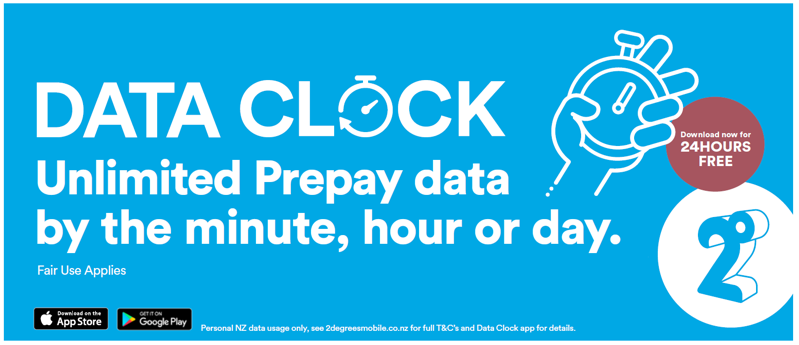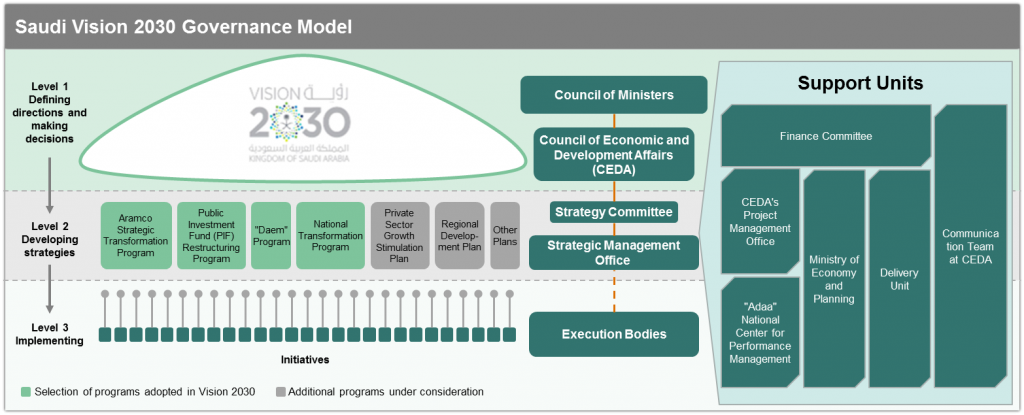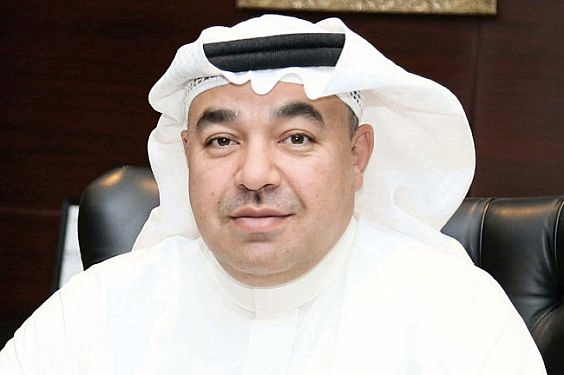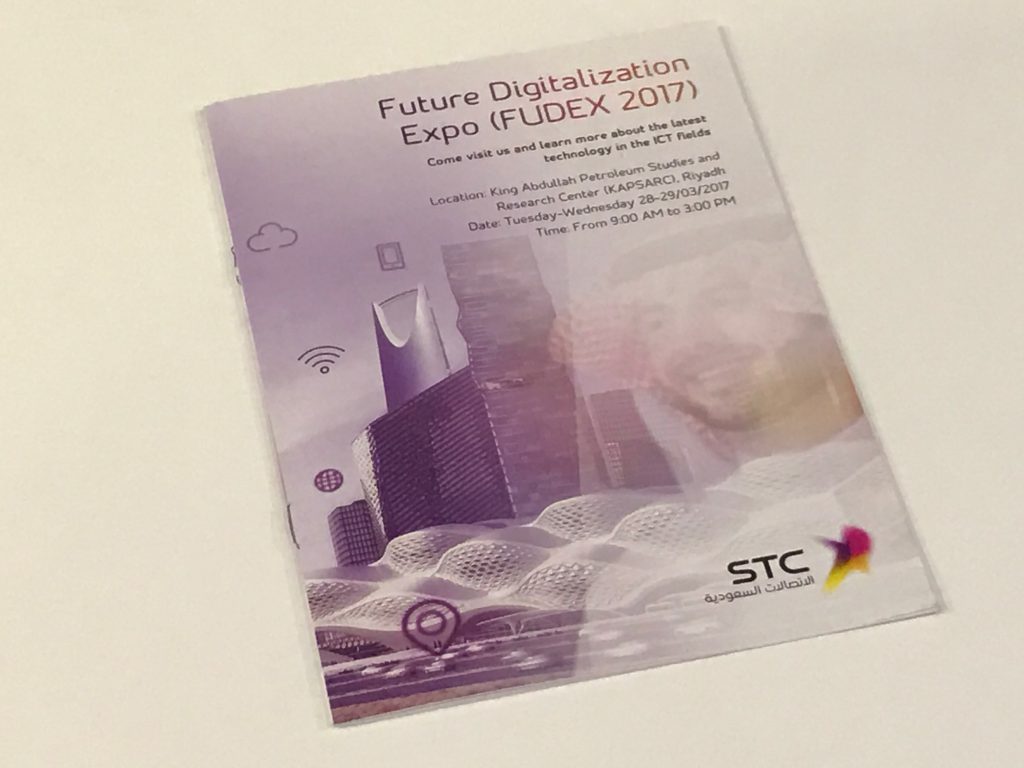Posted: April 18th, 2017 | Author: Harry Järn | Filed under: Compelling Cases, Uncategorized | Tags: 2degrees, FWD | Comments Off on How to get No 1 in Google Play in three days?
Getting an app to the top of the rankings doesn’t obviously happen over the weekend. We at Comptel FWD have been working on the Digital Sales Channel, aka FWD, solution for more than two years, building, fine tuning & improving especially the UX we have always felt is & will be the key to success.
I will not go through the whole process from the early design principles of the FWD to the fine tunings together with 2degrees, but rather focus on what made the difference for 2degrees to get their Data Clock app (powered by FWD) to number one spot literally over the weekend in New Zealand.
Offering
Whatever is offered, needs to add value to the consumers. In case of the Data Clock (FWD), the pricing needs to be well thought so that it makes sense for the consumers. And the range of packets offered needs to be good enough. Not necessarily from minutes to months already at the launch, but extensive enough so that users can find what they need.
Data Clock pricing was carefully though over and the immediate feedback from new users was strongly supporting this. Also the time based packets offered in Data Clock covered from minutes to up to a day, so that users were able to find proper offer for their various needs. It was extensive enough for people to get interested, install the app & register as users.
We have also seen in all our cases that a proper free welcome packet makes a huge difference. It makes the first (and most difficult) purchase transaction easy & risk free for the consumers. Thus making the subsequent purchases easier. Data Clock offered 24 hour free welcome packet, something not seen before in the NZ markets.
One of FWD’s key functionalities is dynamic pricing. Operator may create happy hours, special discounts in minutes. And make them live immediately. That is something 2degrees did already at day 1, same day as they had Data Clock market launch. Happy hours are a great way to surprise users positively, get them curious about the service and to tell about the service further to their own networks. Positive surprises lead to viral effect.
2degrees have also used the capability of the system to show their customers they care in the case of major events. Shortly after launch NZ was hit with Cyclone Cook, 2degrees sent a poke to the base of data users “Take care out there” with a free 1 hour data packet. The company believes as the base grows, this will be an important social marketing tool, which can also let the company help those in need in times of natural disasters e.g. earthquakes etc.
Visibility
Any launch needs to be supported by proper campaigns & visibility in different channels. We have seen from one case to another that driving app downloads & registrations the good old SMS is still very effective tool. But SMS campaigns need to be supported by proper materials e.g. in homepage, tutorials, FAQ etc.
That is exactly how 2degrees did it. Daily SMS campaigns, supported by a growing visibility in different media: web site, banner ads, TVC, Youtube, Facebook, POS, you name it.

Organization
As we are talking about a new service provided by a telco, the importance of an appropriate organization providing & delivering the service cannot be stressed too much.
Early on, the program needs an advocate who is connected well in the organisation to engender high level (C level and reports) engagement. This engagement will lead to faster results and drives a level of focus on the organisation to succeed, and to break away from traditional slow telco models that can inhibit growth.
Telco organizations have been created to provide, well, telco services. Typically the processes take their time, days, weeks, even months. With FWD the requirements for the supporting organization changes dramatically: creating a new offer or a new campaign in the solution takes only minutes. If the organization is not able to facilitate this kind of “internet speed”, the solution is not used according to its potential. Which will be immediately seen as lower service uptake.
In 2degrees case, they realized early on in the process that their current organization doesn’t properly facilitate FWD. So they created a flat virtual organization, where they have dedicated resources from relevant teams: Product, Finance, Comms, IT, Care & Sales.
This made it possible for 2degrees to utilize the new features of FWD already from the beginning. As an example, first pokes/dynamic pricing campaigns were launched at the same time with the market launch as described above.
Last but not least: there is clearly high demand and opportunity in the markets for new operator service & pricing models.
More about 2degrees Data Clock: https://www.2degreesmobile.co.nz/mobile/prepay/data-clock/
More about Comptel FWD: http://comptel.com/what-we-offer/solutions/digital-sales-channel-fwd/
Posted: April 7th, 2017 | Author: Steve Hateley | Filed under: Events | Tags: digital transformation, FUDEX, FUDEX 2017, Saudi Arabia, STC | Comments Off on STC FUDEX 2017: Vision 2030 Objectives for Saudi Arabia
The Kingdom of Saudi Arabia has set itself on a future-looking transformational journey for its people, the country and the region. Aiming to leverage itself as an investment power, backed up by a healthy portfolio of rich natural resources, the Kingdom will be a driver to connect African, Asian and European trade.
To fulfil the vision, it will be focusing on three key themes – a vibrant society, a thriving economy and an ambitious nation. The importance of the vibrant society is supported by strong historic roots and national identity, a good standard of living, family life and a supportive social and healthcare system. With a thriving economy, the KSA aims to provide “opportunities for all by building an education system aligned with market needs and creating economic opportunities for the entrepreneur, the small enterprise as well as the large corporation.” But, it won’t happen without ambition, so the Kingdom will look at improving efficiency and responsibility at all levels – starting with “an effective, transparent, accountable, enabling and high-performing government.”
A number of programs monitored by strong governance have been designed to help KSA conquer their vision and more details can be found here: http://vision2030.gov.sa/en

STC Role in Vision 2030
In 2016, Dr. Tarig M Enaya, Senior Vice President of the STC Enterprise Business Unit, was interviewed by a leading Middle East technology reporter at ITP.net. In that discussion, Dr. Enaya explained the role that Saudi Telecom Co. will play in Vision 2030.
“Digitisation is at the core of Vision 2030, essentially meaning we have a key enabling role to play,” he said. “We own and operate the largest fixed and mobile networks in the Kingdom, meaning we can connect almost any populated location in the Kingdom. We have a 147,000km-long fibre optic network tying major cities together, interconnected with metro rings, and reaching smaller towns and villages. We patch cover some areas with microwave and other technologies. Our mobile network covers 96% of populated areas, with 85% of all populated areas having LTE 4G network coverage.
“More important for Vision 2030 is the integration between ICT services and how integrated services and solutions are delivered and supported,” he continued. “To accelerate the growth of any service, you need good business practices and flawless business automation, a variety of different systems from different government agencies need to be interconnected together, and most important systems have to have very strict SLAs and high up-times.

Dr Tarig M Enaya, Senior Vice President of the STC Enterprise Business Unit
“For us, Vision 2030 means we will continue to do what we have been doing since we merged the operations between our three business-to-business entities, the STC enterprise business unit, STC Solutions, and Bravo, but we will have to work harder and much faster.
Where things have dramatically changed over the past five years is how IT services are delivered, and the introduction of a cloud-based model and managed services methodology. When applied together to address customer needs and requirements, the two can create a very powerful mix. Virtualisation is the best way to manage IT hardware resource efficiency, but in its traditional sense, it means all the hardware is in one place, something that only the cloud can address.”
FUDEX 2017
The Future of Digital Technology Exhibition 2017 (FUDEX) was inaugurated by the Minister of Communications and Information Technology, Dr. Mohammed I. Al-Suwaiyel and organised by Saudi Telecom alongside major international companies in the ICT sector. The event (aligning itself to the KSA Vision 2030) took place 28th-29th March at the King Abdullah Petroleum Studies and Research Center (KAPSARC) in Riyadh. Its focus was to introduce the latest network/IT technology through an exhibition and workshops to the various departments of STC and the industry.
Exhibition
The exhibition was representative of today’s traditional telco thinking with a clear demarcation of network suppliers versus IT vendors. The network suppliers generally promoted around the key telco themes of 2016/17 – 5G, IoT and virtualisation, each being eager to promote their own proprietary solutions. The IT vendors focused specifically around application and data security, plus the enterprise deployment of IT applications in the cloud. The only obvious vendor-agnostic supplier of OSS/BSS offerings for telco services was Finnish independent software vendor Comptel.

The one observation that emerged from being part of and studying the expo was a distinct lack of network and IT convergence perspectives. The network vendors were discussing their own particular flavours of infrastructure cloud commoditisation, and the replication of traditional network features as virtual network functions (VNF). There was little attention paid by these suppliers to actual commercialisation of NFV services and the evolved processes needed. The IT vendors, on the other hand, demonstrated little to no appreciation that the CIO’s role is due a considerable responsibility upgrade as the network moves to a data centre model. No doubt this will be a focus for STC in the coming year and next year’s FUDEX will likely represent the convergence more strongly.
Ministerial VIP Visit
Along with a huge entourage, the exhibitors and attendees were treated to an Executive VIP visit from Minister of Communications and Information Technology Dr. Mohammed I. Al-Suwaiyel , STC Group CEO Dr. Khaled Hussain Biyari, and STC Technology & Operations SVP Nasser Sulaiman Al Nasser. The executives familiarised themselves with many of the exhibiting vendors being suitably impressed with the future technology and solutions being promoted to assist STC to address the challenges of the KSA Vision 2030.
Comptel at FUDEX
Since 2015, Comptel has been championing the vision of “Perfecting Digital Moments” alongside its thought-leading NEXTERDAY concept, which encourages the telecommunications industry to “Think Again, Think Ahead and Think Across” vertical industries. The concept aligned very well with the visionary objectives of KSA Vision 2030, especially around digital transformation and empowerment of its people through technology.
During the event, Comptel were promoting two Digital Journeys that telcos around the world are currently addressing. The “Digital Customer Journey” presents solutions to map out contextual engagement, service personalisation and customer experience to help the telco CMO transform and connect with valuable subscribers and consumers. The “Digital Service Journey” lays down a realistic approach to addressing the evolution of telco network services and IT/OSS. It considers the modernisation of telco operational processes and roles, the introduction of early-stage hybrid virtualisation technology, plus the move to full scale Digital Service Lifecycle Management™ for future-state NFV-enabled networks. This was the topic of the keynote workshop delivered by Comptel to an impressive audience from across STC attendees.
In addition, Comptel and STC announced a second initiative to nurture and develop young talent within Saudi Arabia. The first initiative in 2014 took a number of talented young STC IT professionals to various locations around the globe, educating them on the broader business and technology topics from the telecommunications industry. In 2017, STC and Comptel announced the “Hunt-a-Shark” initiative and signed a joint memorandum-of-understanding at FUDEX.
At the very heart of Vision 2030 lies innovation, youth enablement, cost optimisation and economic growth through new revenue sources. The “Hunt a Shark” contest is aiming to unlock these objectives by inviting university students from Riyadh to share their ideas about emerging digital platforms and artificial intelligence-driven economies. Finalists will compete to secure – or ‘hunt’ – seed funding, training and mentorship to support their ideas, based on business rationale, uniqueness, viability, relevancy and alignment of their idea with Vision 2030.
Summary
The Kingdom of Saudi Arabia are embarking on an exciting path with Vision 2030. They have the resources, the people and the ambition to get there and Saudi Telecom with its industry-leading partners will clearly play an important role to make the vision a reality.
Posted: April 4th, 2017 | Author: Malla Poikela | Filed under: Industry Insights | Tags: A-Claim, customer experience, digitalisation, insurance | Comments Off on The Digital Insurer Offers Customers Instant Gratification
Unfortunately, unlucky incidents happen. To limit the consequences, we can insure ourselves against those incidents. But, once we file a claim, it can take time for an insurance company to process it and determine compensation. Imagine if, instead, you’d submit your claim – about a broken windscreen or stolen camera or water damage caused by your dishwasher – and receive an instant claim decision.
Of course, that’s generally not how it works now. Many consumers have had to deal with insurance companies after a sudden and unfortunate incident, and most probably would not describe their experience as smooth, fulfilling or gratifying.
In reality, the quality of service offered by most insurance companies does not match the expectations of today’s cloud generation customers. Consumers want everything they do – from shopping online, to upgrading a phone plan, to mobile banking – to be an easy, fast and frictionless process. That also applies to insurance claims.
The existing insurance claim handling process is out-dated: half-digital, half-automated, labour-intensive and bureaucratic. A halfway approach serves neither the policyholder nor the insurer, and the result is slow and expensive claims processing with delayed compensation decisions.
An ideal process delivers instant gratification. When a policyholder submits an insurance claim, that action should trigger a real-time and automated claims decision, with the outcome immediately communicated back to the policyholder. As a result, today’s digitally savvy and mobile-first policyholders benefit from swift claims handling, communication and compensation, leading to instant gratification.
So, how can insurance companies offer that type of experience?
Just like we’ve seen with operators in the telecommunications industry, insurers are on a journey to become digital service providers. They’re looking for new strategies and technologies that can help them better serve demanding digital customers. According to McKinsey & Company, one U.S. insurer expects 40 percent of its new business in the next 3-5 years to come through online and mobile channels – an indicator that insurance companies at large need to be more in tune with digital experiences.
By fast-tracking and automating claim decision-making, communication and compensation, insurance companies can take a major step toward digital transformation – and toward becoming true digital insurers.
Comptel can help.
With a long history of turning data into instant, impactful actions, Comptel is an ideal partner for the insurance industry in this journey. For decades, we’ve integrated, processed, analysed data and turned it into business value, and we are very familiar with operating in a complex and highly demanding information and communications technology environment.
Now, we’re doing for insurance companies what we’ve done for telcos: taking all the benefits of intelligent fast data and turning insight into immediate gratification. The result is our advanced automatic claims decision solution for insurers.
Backed by the advanced analytics of our FASTERMINDTM and artificial intelligence applications, as well as DATA REFINERY’s enterprise data processing, the Comptel solution turn claims and compensation into an agile, automated, real-time workflow.
The solution uniquely integrates automated decisions with business rules, anomaly detection and fraud prediction, to help insurance companies identify which claims can be automatically processed and which should be handled manually.
Speed, accuracy and efficiency in claims processing offers several benefits, including:
- Improved customer experience through automated decision
- Lower fraud risk through accurate machine-driven fraud detection
- Improved cost efficiency and staff productivity through automation
- Uniform quality through minimal human intervention
Comptel’s automatic claim decision solution is the first step toward a Nexterday vision for insurance, one in which insurers are fully digital, able to offer individualised customer example and able to run a smarter, more optimised business.
Book a demo with our team today to learn how Comptel’s insurance solutions enhance the claims process through artificial intelligence and instant decision-making.










